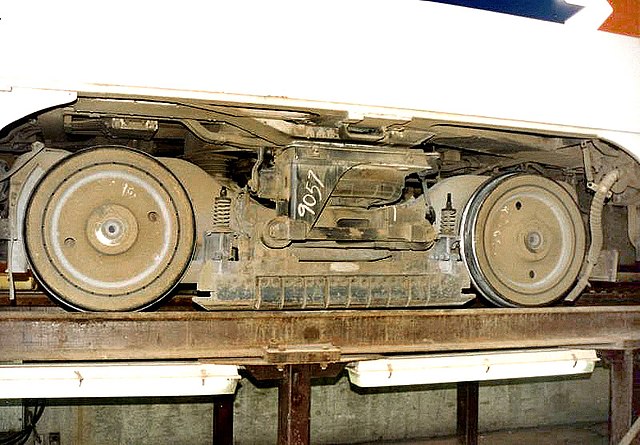how do brakes work on a train
Maximum service braking is reached when equilization between the train line auxilary reservoir and brake cylinder is reached. Modern trains rely upon a fail-safe air brake system that is based upon a design patented by George Westinghouse on April 13 1869.
How Does The Air Brake System Work In A Train Quora
The brakes apply whenever the air pressure in the brake pipe drops.
. Because it consists of electrical energy dynamic braking can be finely adjusted downward more so than air brakes. First of all the trains main braking system is the Air Brake. To apply to.
A What are independent brakesb What are auto brakesc What re dynamic brakesd. He or she does this by. The brake allows the locomotive to slow and stop.
If the train accidentally uncouples the brakes will automatically apply fully-since all of the brake pipe pressure will be vented to the atmosphere through the disconnected pipe. Answer 1 of 4. When you push the function key to turn on the dynamic brakes on a DCC-sound-equipped model locomotive the sound you hear is those fans kicking in.
Brakes the loco and thus the train. The dynamic brake grids consume electricity that make the traction motor less able to turn and. Air brakes use high-pressure air to drive the brake foot against the wheel.
Lets see if I can jump in here and clarify that the armature is what is directly through the pinion and ring gears connected to the wheels. When the train reaches flat land the engineer disengages the dynamic brake which turns the fans off fires up the prime mover and begins sending current to the traction motors again. For the train to actually move the operator has to disconnect this air tank.
Does a train without wheels sound crazy. From a 90 psi train line pressure that happens when about 26 psi is drawn off. When the operator of the train activates the electro-pneumatic brakes the system uses a mechanical connection to apply pressure to the wheels through the brake block components of the train.
Dynamic brakes use the kinetic energy of a trains turning wheels to create electrical energy which causes the train to decelerate. The power part comes from air stored in a reservoir on each car. In normal braking the pressure in the train pipe does not reduce to zero.
2 Release the air brakes on the train AND the independent brakes on the locomotive. Before air brakes trains used a primitive brake system that required an operator or brakeman in each car to apply a hand brake at the signal of the train director or engineer. Each reservoir on each car is charged up by air supplied from the locomotive through the brake pipe.
Vacuum brakes at the outermost vehicles of a train are sealed by fixed plugs dummies onto which the open end of the vacuum pipe is placed. Click to see full answer. Magnets generate a magnetic fieldThis magnetic field can push or pull on other nearby.
Trains that hover just above the tracks are actually possible due to magnetic levitation or maglev for short. Air brakes at the outermost vehicles of a train are turned off using a tap. 1 While the air brakes are set on the whole train apply the recommended amount of hand brakes for that size of train.
In various forms it. The compressed air is released into the brake cylinders through triple valves which are controlled by air pressure from the train pipe. You can hear the sound of the air come out psssssh of the truck or big bus when they stop the car.
The operation of the brake equipment on each vehicle depends on the condition of a vacuum created in the pipe by an ejector or exhauster. Essentially the brakes are always on. Modern train air brakes rely on this type of air brake system.
How could a train possibly move along the tracks without wheels. The dynamic brake grids consume electricity that make the traction motor less able to turn and thus slow down. The system uses compressed air to brake railway traffic brake systems and operates as the brake operation mode.
The compressor on the locomotive charges the main reservoir with air at 125140 psi 8697 bar. The train line will be at 64 psi the main reservoir will be at 64 psi and the brake cylinder will also be about 64 psi. Do Trains Use Air Brakes.
Normally with the train rolling along and the brakes released the locomotive will be maintaining 90 psi in the brake pipe and the reservoirs will be charged up to 90 psi too. When the wheels turn as on a moving locomotive the armature must also be moving. The proper and REQUIRED method for setting and testing hand brake applications is.
In this small tutorial we go through the basics of how train brakes work. Dynamic brakes use the kinetic energy of a trains turning wheels to create electrical energy which causes the train to decelerate. The resistance of the motor field acts as a brake on the locomotive which in turn helps to slow the train.
The Westinghouse Air Brake Company was subsequently organized to manufacture and sell Westinghouses invention. The electric current generated by the motors in the dynamic-braking mode is a waste product and is dissipated as heat in banks of. This inefficient manual system was replaced by direct air-brake systems which used an air compressor to feed air through a brake pipe into air tanks on each car.
Trains ususally have multiple braking system as their backup. The friction between the brake. Brake cylinder of each car causes the brakes to move away from the wheels.
The train brakes are released by admitting air to the train pipe through the engineers brake valve. These trains use powerful magnets to stay in the air. A railway air brake is a railway brake power braking system with compressed air as the operating medium.
Not the planes one but the trucks one. It is sealed against a rubber washer by the vacuum with a pin to hold the pipe in place when the vacuum drops during braking. Regardless of the type locomotives use air brakes and hand brakes to stop the engine.
26 psi x 25 65 psi. The ejector using steam on a steam locomotive or an exhauster using electric power on other types of train removes atmospheric pressure from the brake pipe to create the vacuum. It was patented by George Westinghouse on April 13 1869.
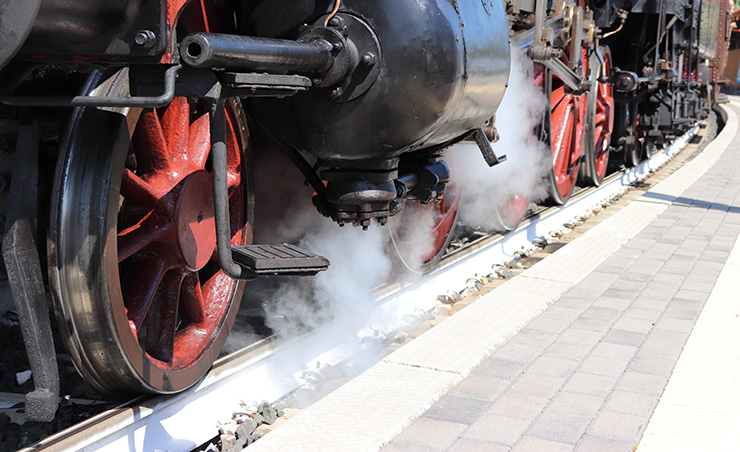
Westinghouse And The Fail Safe Train Air Brake Part 1 The Problem Electrical Engineering News And Products
How Does The Air Brake System Work In A Train Quora
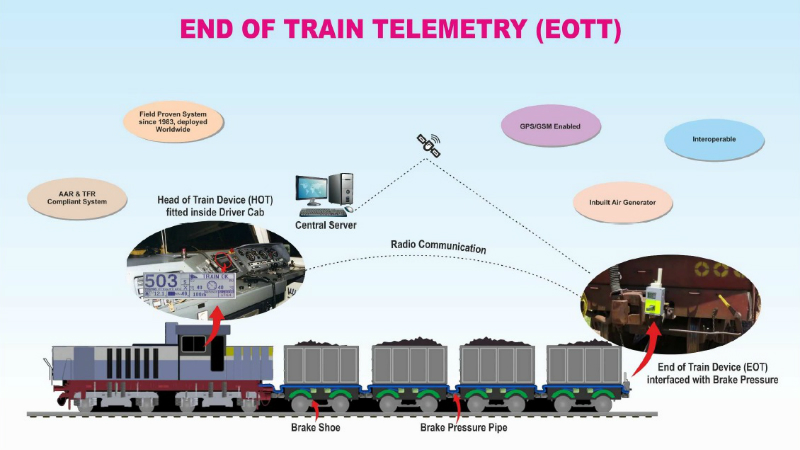
Sorry But It S Goodbye Caboose Eot Devices Have Made You Obsolete Part 2 Electrical Engineering News And Products
Bogies The Railway Technical Website Prc Rail Consulting Ltd
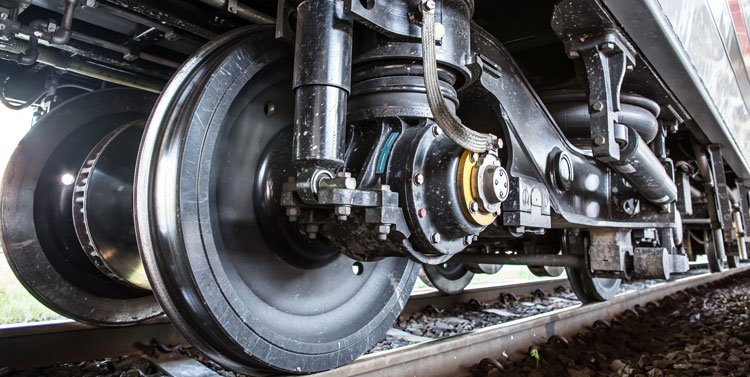
Train Braking Performance Determination Global Railway Review

Couplers Brakes The Transcontinental Railroad

Brake System In Train Emergency Brake In Train Air Brake In Train च न प ल ग In Hindi Youtube

Lhb Coaches Bogies Brake System How Lhb Rake Brake System Work Lhb Icf Braking Distance Youtube
How Does The Air Brake System Work In A Train Quora
Vacuum Brakes The Railway Technical Website Prc Rail Consulting Ltd
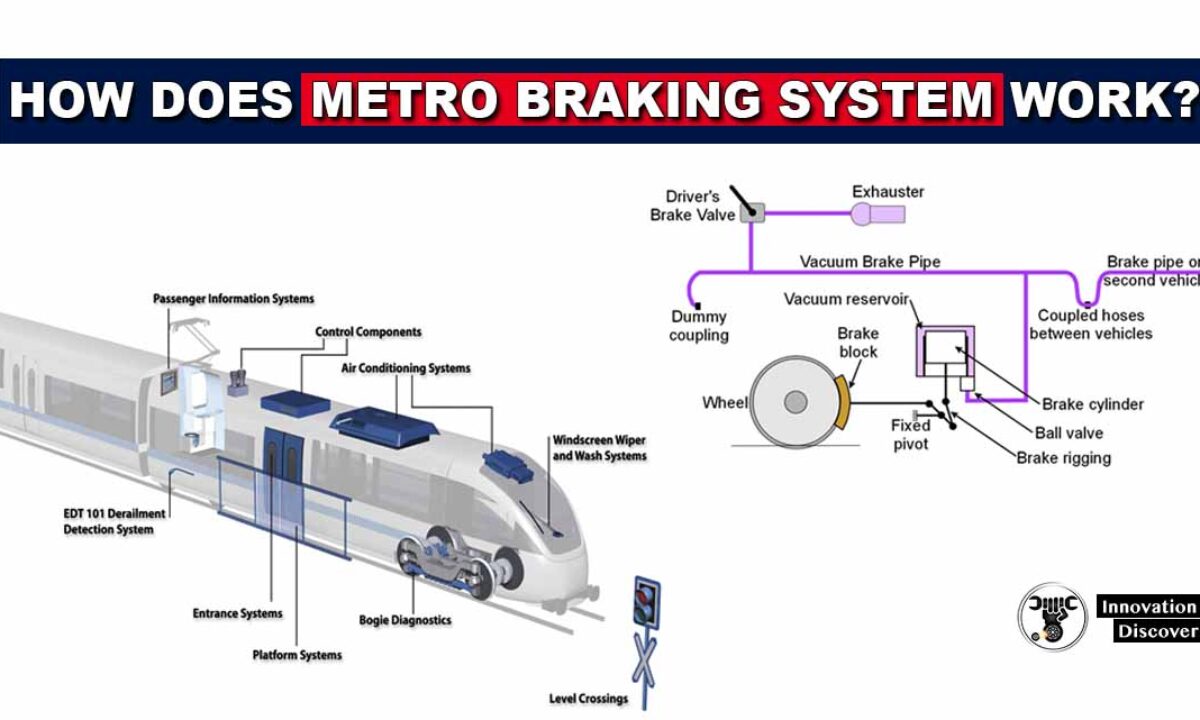
What Type Of Braking System Used In Metro Trains How Does Metro
Electro Pneumatic Brakes The Railway Technical Website Prc Rail Consulting Ltd
What Is A Diagonal Braking System Quora
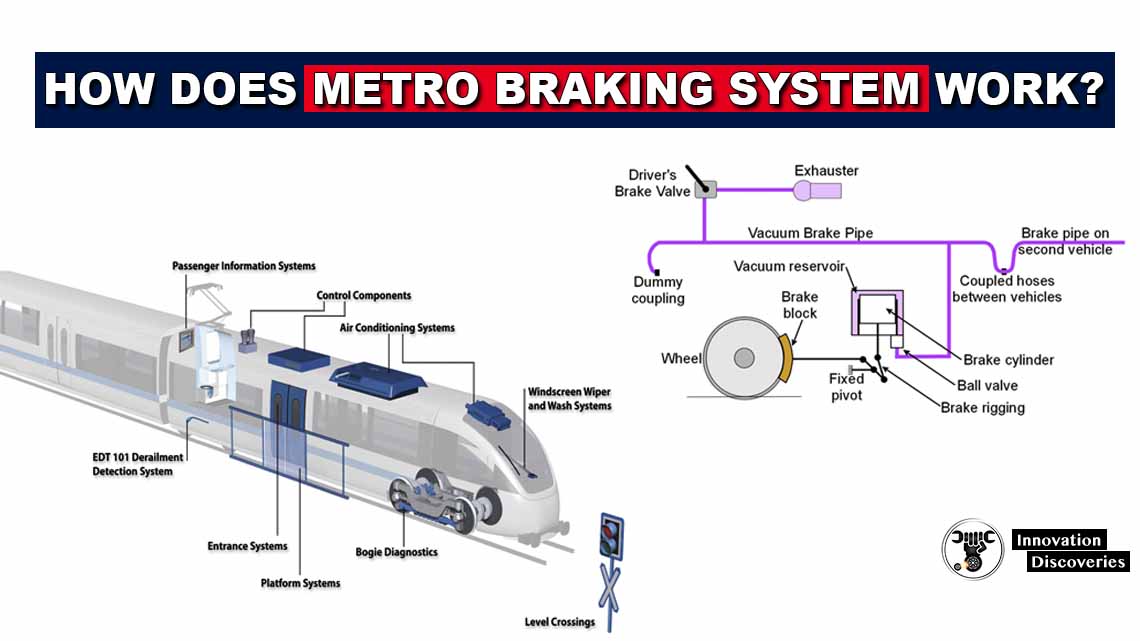
What Type Of Braking System Used In Metro Trains How Does Metro

What Is Train Air Brake Trainairbrake Introduction Of Train Braking System Lhb Train Brake Youtube
Vacuum Brakes The Railway Technical Website Prc Rail Consulting Ltd
Electro Pneumatic Brakes The Railway Technical Website Prc Rail Consulting Ltd
.jpg)
